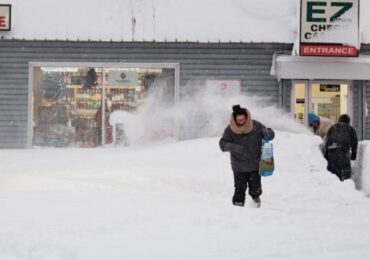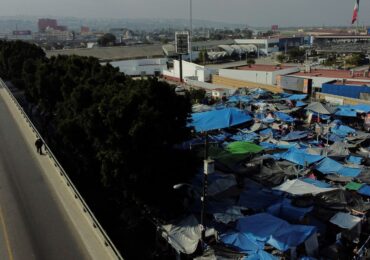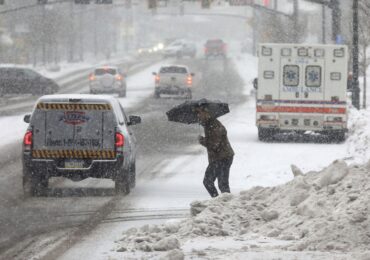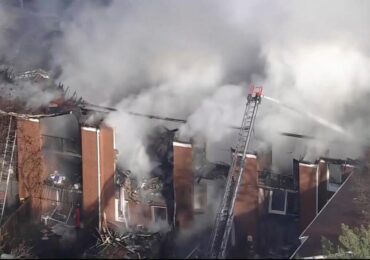Southwest Florida schools preemptively closed ahead of Hurricane Ian to prepare for the destruction they knew was coming. More than two weeks after the Category 4 hurricane hit the coast, those schools remain closed as families and school districts recover from one of the state’s worst natural disasters.
It’s the latest example of a growing trend that education experts are increasingly sounding the alarm about: Increasingly frequent and intense extreme weather events are disrupting school systems across the country for weeks, months and , in some cases, years.
Fort Myers Beach Elementary School in Lee County is one of them. Just a block from the ocean, the school was devastated by Hurricane Ian’s powerful winds, which brought down walls. The storm surge reached the top of the school gates, destroying almost everything inside.
Hurricanes and sea level rise are an especially high risk for Gulf Coast schools but other forms of natural disaster affect students in other parts of the country.
In California, wildfires have been the leading cause of recent school closures. The 2018-2019 school year set a record with more than 2,200 wildfire closures, according to data obtained by CNN from the California Department of Education.
More than a year ago, 17 inches of rain fell in just 24 hours across central Tennessee. Torrential flooding devastated Waverly Elementary and Middle Schools. That disruption has had a direct impact on student grades, Rye says. He described the problem as a compound problem: not only was the school damaged, but students, staff and teachers also lost their homes to the floods, putting even more pressure on the educational system.
















